Have you ever happened on a site and wondered who is behind it? As a journalist or a researcher looking to authenticate the credibility, or as a consumer who wants to trace the owner of the site, the identity of the publisher will provide vital leads. Whether it is checking the credibility to reaching the right individual, the publisher can be a person to find. The good news is that there exist several tools, 13 to be precise, to reveal who is behind a website.
Why You Might Need to Identify a Website’s Publisher
The identity of the owner or operator of a site is not always important just to know, but may be of real-world significance.
✅Reasons to identify a website’s publisher:
- Verify Credibility: Helps assess whether the information on the website is reliable.
- Protect Yourself from Scams: It lets you detect red flags before engaging with fraudulent sites.
- Reach Out for Collaboration or Media Inquiries: Essential for business deals, PR, and networking.
- Report Misinformation or Legal Issues: You can file complaints or seek legal recourse more effectively.
- Understand Affiliations or Biases: Identifies if the site has political or commercial agendas.
Each reason supports better decision-making in your online interactions.
How to Find the Publisher for a Website: 13 Proven Methods
Finding a publisher for a site need not be complex. You can also discover vital information, including names, organizations, contact info, as well as hosting records with the right tools and strategies. The following are 13 tested-and-proven strategies, step-by-step procedures, and aids that simplify the work.
Check the “About” or “Contact” Page
The best method of finding out who published a website is simply going to the About or Contact page. These pages normally contain names, email addresses, phone numbers, or company affiliations. It is the basic first step in searching for a publisher and must be found in legitimate websites to establish a feeling of trust and to be able to communicate.
👉Steps:
- Go to the website’s homepage

- Click on the “About” or “Contact” link (usually in the menu or footer)
- Look for names, email addresses, phone numbers, or company info
Examine the Site’s Footer & Disclaimer
Website footers and legal disclaimers often contain ownership details, copyright notices, or business registration data. These areas may include publisher names, operating companies, or legal representatives. They’re easy to access and provide quick insight into the entity running the site.
👉Steps:
- Scroll to the bottom of the webpage

- Read the footer and look for ©, company names, or terms/disclaimer links
- Check the “Terms of Use” or “Privacy Policy” for legal owner mentions
WHOIS Lookup
WHOIS and RDAP lookups can reveal the registered owner of a domain, including the name, email address, organization, and registrar. The ICANN Lookup tool is an authoritative source that pulls real-time data. This method helps identify the legal owner of a site, especially if they haven’t opted for privacy protection.
👉Steps
- Visit the website.
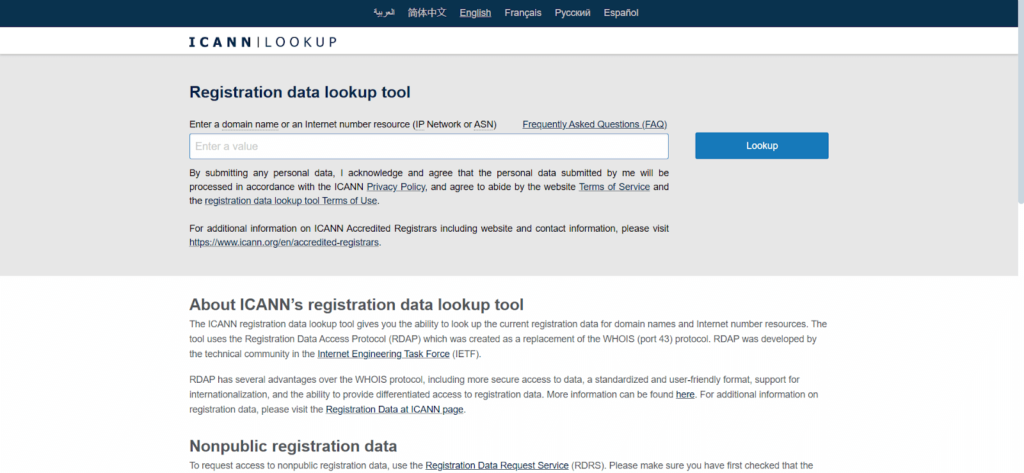
- Enter the domain name into the search bar
- Click “Lookup” and review registration details, registrar, and contact info
Use Google Search Operators
Google’s advanced search operators let you dig deep into a website’s indexed pages, uncovering hidden details like author names, contact info, or legal notices. It’s a fast and free method that works best when other direct contact pages fail to reveal information.
👉Steps:
- Use operators like: site:example.com “about us” or inurl:contact
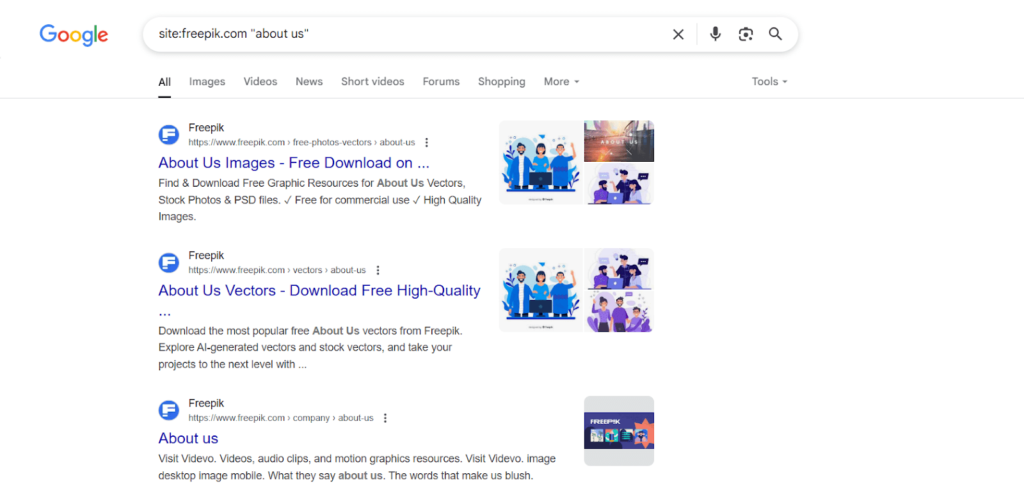
- Try: “author name” site:example.com or filetype:pdf site:example.com
- Review search results for author, publisher, or company mentions
Reverse Phone Number Lookup
While reverse phone lookup may not always reveal the direct website publisher, it can uncover related details such as the owner’s name, address, email, or mobile carrier if a contact number is listed on the site. Tools like MLocator use telecom, public, and social data to generate accurate, real-time results. This helps trace ownership or verify contact legitimacy.
👉Steps:
- Visit the website.
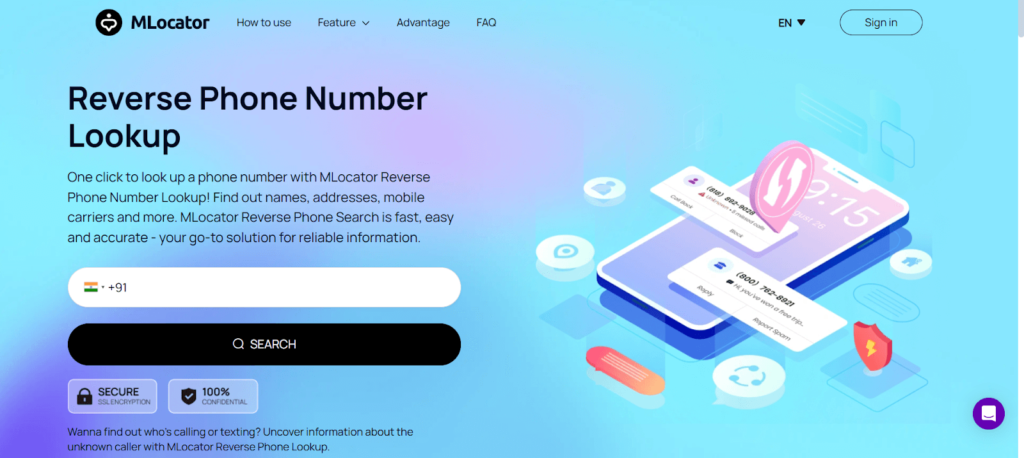
- Enter the phone number found on the website.
- Click Search and enter the email address on which you want the report.
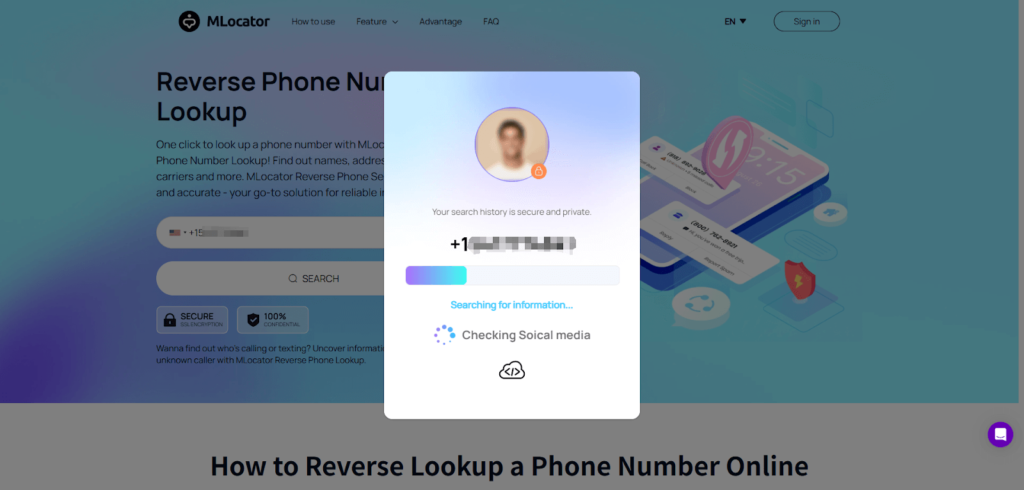
- Review the results (name, location, carrier, etc.).
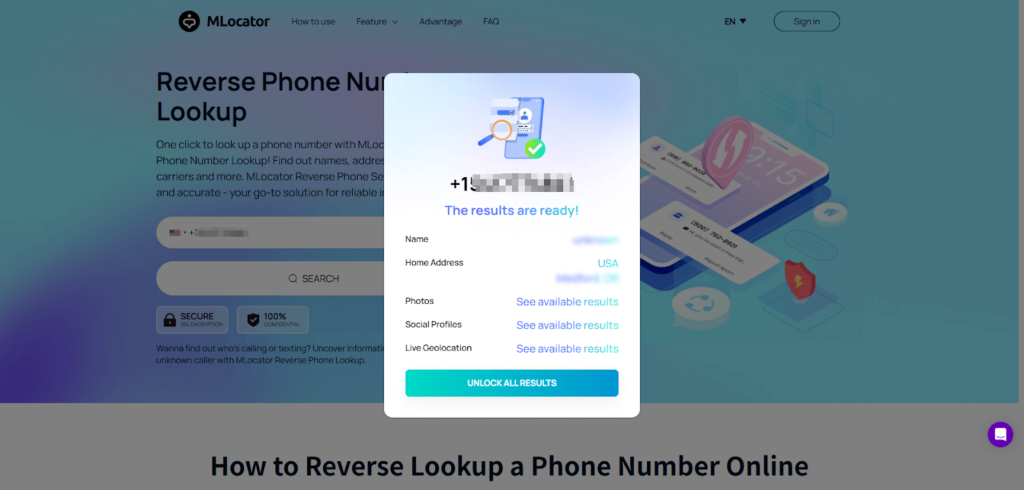
Search on LinkedIn & Crunchbase
LinkedIn and Crunchbase are excellent tools for identifying website publishers, founders, or teams behind a site. Many businesses and startups list their websites on profiles. These platforms often show the organization, its employees, roles, and even investor details—great for confirming professional associations or leadership teams behind a domain.
👉Steps:
- Go to LinkedIn or Crunchbase

- Type the domain name or company name in the search bar
- Check the company profile or associated employee bios
Check Press Releases & Media Kits
Press releases or press kits with the name of the publisher, details of the company, or PR numbers would be released frequently on websites. Journalists and advertisers use these resources, which is why they are credible to find ownership. They are normally located under the headings of Press, Newsroom, or Media Kit.
👉Steps:
- Search Google: site:example.com “press release” or “media kit”.

- Open any relevant documents or pages
- Look for names, company info, or contact details listed
Check Archive.org (Wayback Machine)
The Wayback Machine at Archive.org stores snapshots of websites from years past. Earlier versions of the site might contain ownership information, the names of people who created the site initially, or no longer valid contact information, which has been deleted. It is a priceless digital forensics tool.
👉Steps:
- Visit the website.
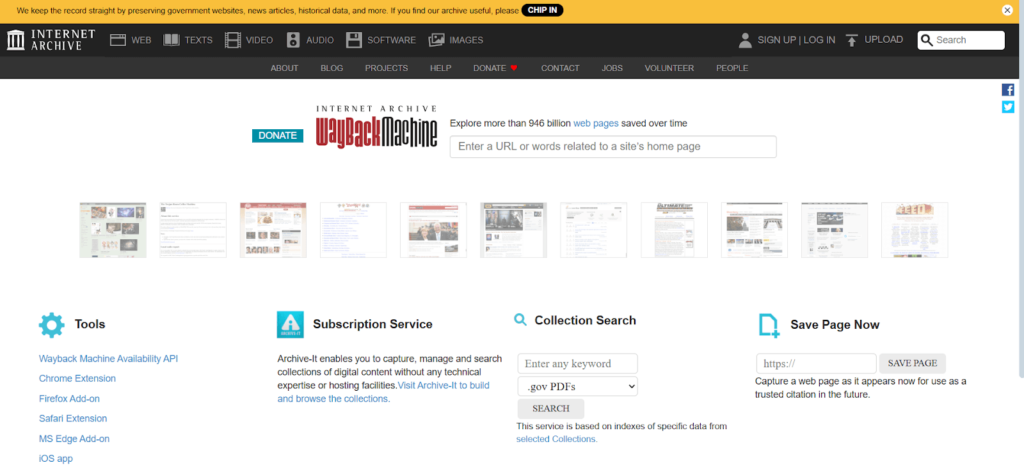
- Enter the domain into the search bar and hit Browse History
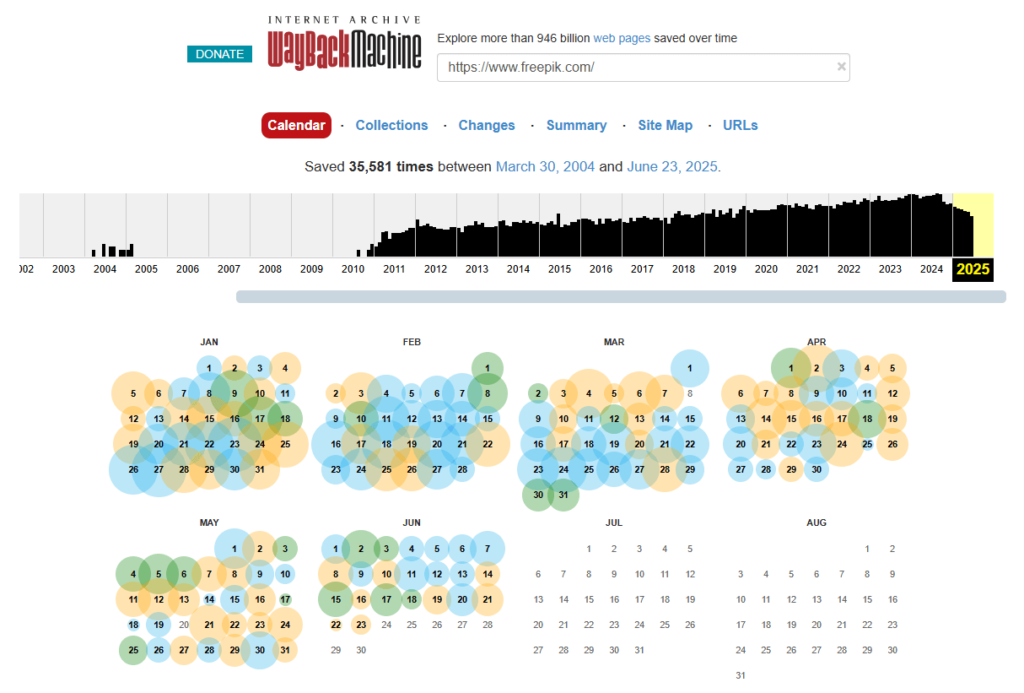
- Explore earlier versions of the site for author or publisher info

Check DNS & Registrar Records
DNSDumpster is a free, open-source intelligence (OSINT) tool that exposes all common DNS data about any domain. It assists in determining subdomains, mail servers, hosting providers and occasionally registrar information. This solution can be particularly helpful in identifying concealed infrastructure and mapping the web traffic of a site, which are perfect fits to security evaluation and path tracking ownership.
👉Steps:
- Go to the website.
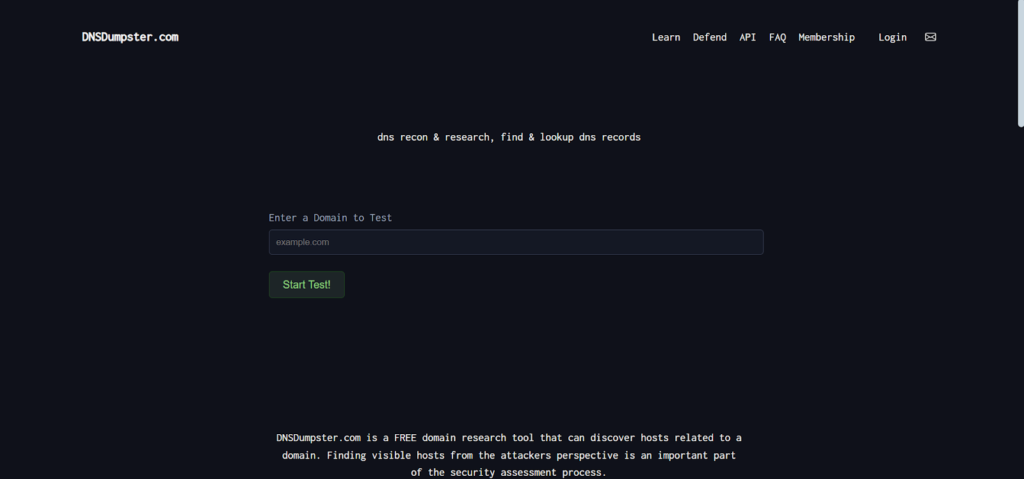
- Enter the target domain in the search field.
- Click “Start Test!” to generate a detailed DNS map and results.
Check SSL/TLS Certificate Details
SSL/TLS certificates, particularly Extended Validation (EV) certificates, can include verified organizational data such as a publisher name, location, or company ID. This technique can be applied to discover ownership of websites using the secure (HTTPS) web protocol. It introduces an element of trust, and it is difficult to impersonate because most information is authenticated by certificate authorities before issuance.
👉Steps:
- Click the padlock icon next to the URL in your browser

- Select “Connection is secure” → “Certificate is valid”

- View the Details or Subject section for organization info

Check HTML Meta Tags & Structured Data
Web developers often include meta tags and structured data in a website’s code for SEO and indexing purposes. These may contain the author’s name, organization, or contact email. This method is non-intrusive and helpful when such data isn’t shown on the page directly. It’s best for blogs, personal sites, or smaller business websites.
👉Steps:
- Right-click on the webpage and choose “View Page Source”

- Press Ctrl + F and search for terms like author, publisher, or schema.org

- Note down any name, email, or organization info found
Check RSS Feed Metadata
Author or publisher information, including email addresses, names, and managing editors is often included in RSS feeds. It is a silent yet efficient method of finding out who is the creator of the content. It is perfect on the blogs, news sites, and sites that utilize CMS (like WordPress).
👉Steps:
- Search Google: site:example.com rss or example.com/feed
- Open the RSS feed in a browser or feed reader
- Look for <dc:creator>, <author>, or <managingEditor> tags
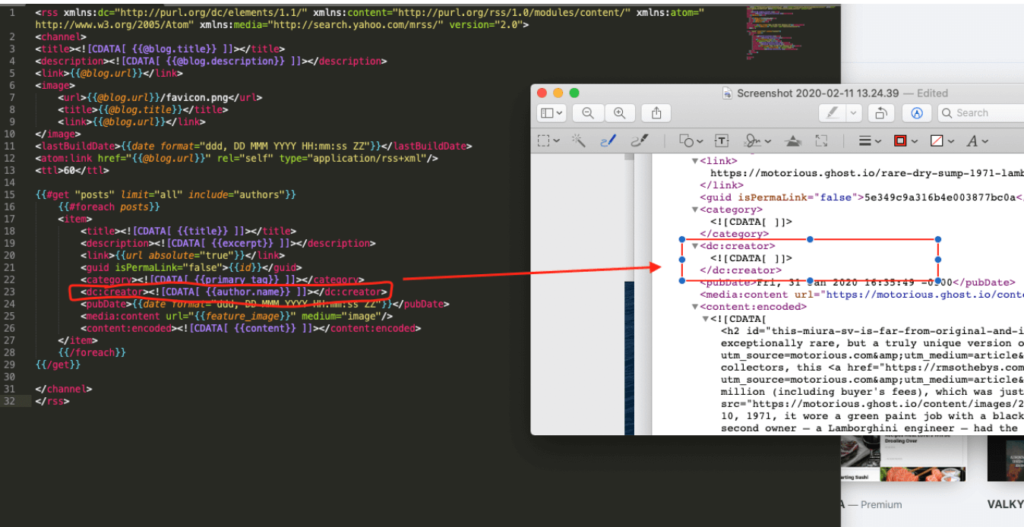
Reverse IP / Shared Hosting Lookup
Reverse IP lookup lets you discover all websites hosted on the same server. This method is useful because many small or niche websites share hosting with other domains from the same publisher or network. Tools like ViewDNS can reveal these connected domains, helping trace ownership or affiliations. This method is especially effective when WHOIS data is hidden.
👉Steps:
- Go to the website.
- Enter the domain name or IP address.
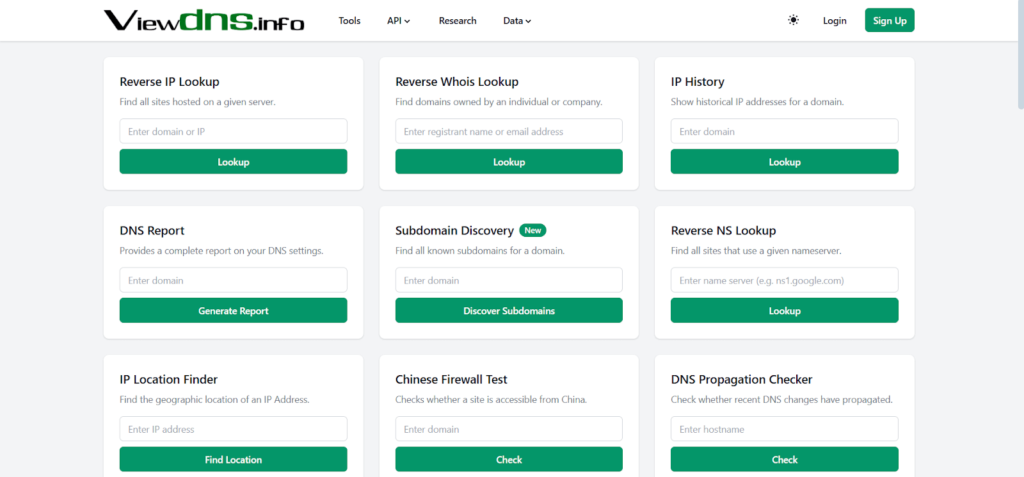
- Click Lookup to view all associated hosted domains
Wrap Up
Identifying a website’s publisher can uncover valuable context and even protect you from misinformation or scams. From WHOIS lookups to HTML metadata and LinkedIn sleuthing, these 13 methods offer a multi-layered approach to online transparency. Use a mix of them to cross-check facts and uncover the truth behind the screen. Whether for journalism, research, or personal safety, knowing who runs a site always gives you an edge.


